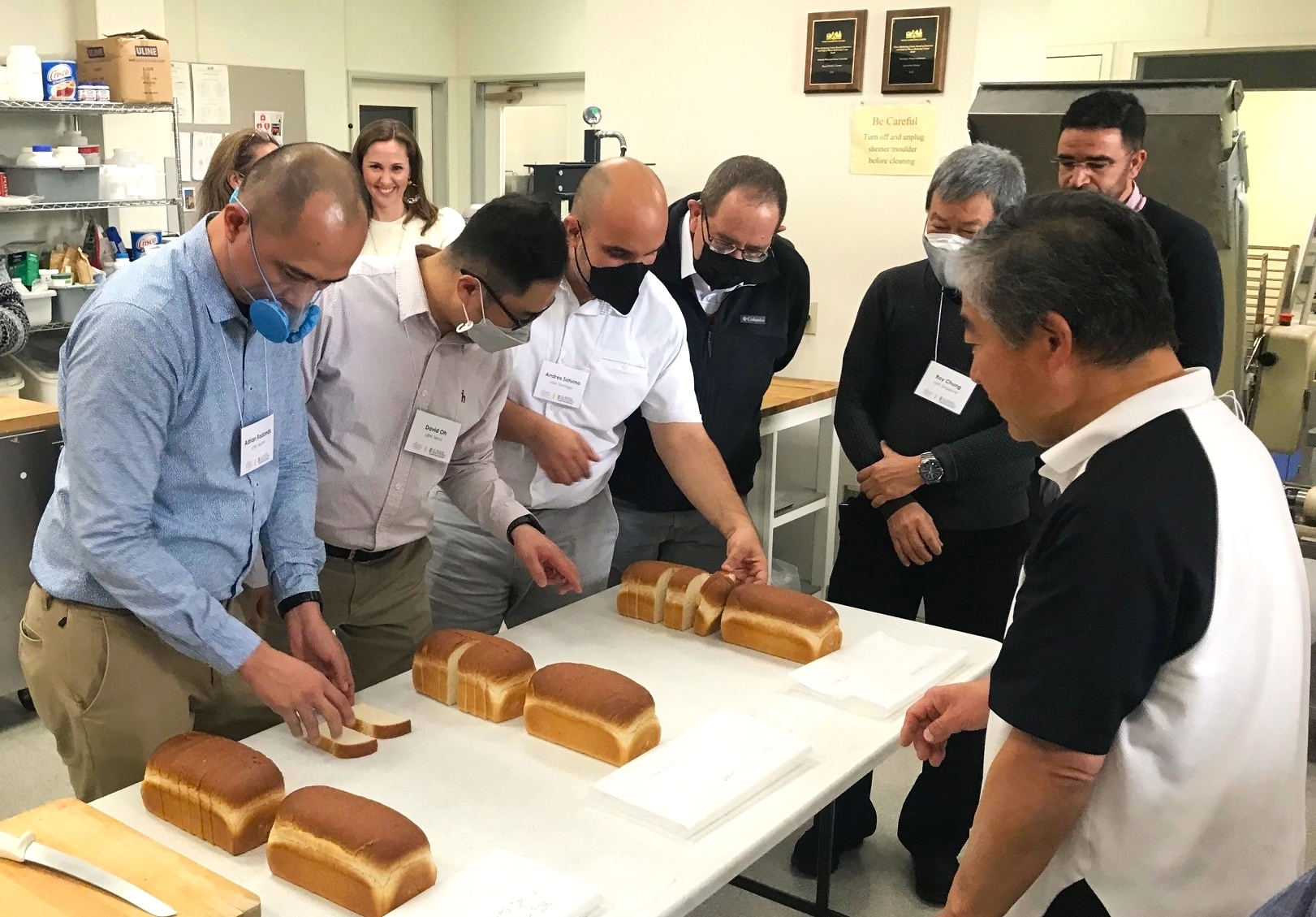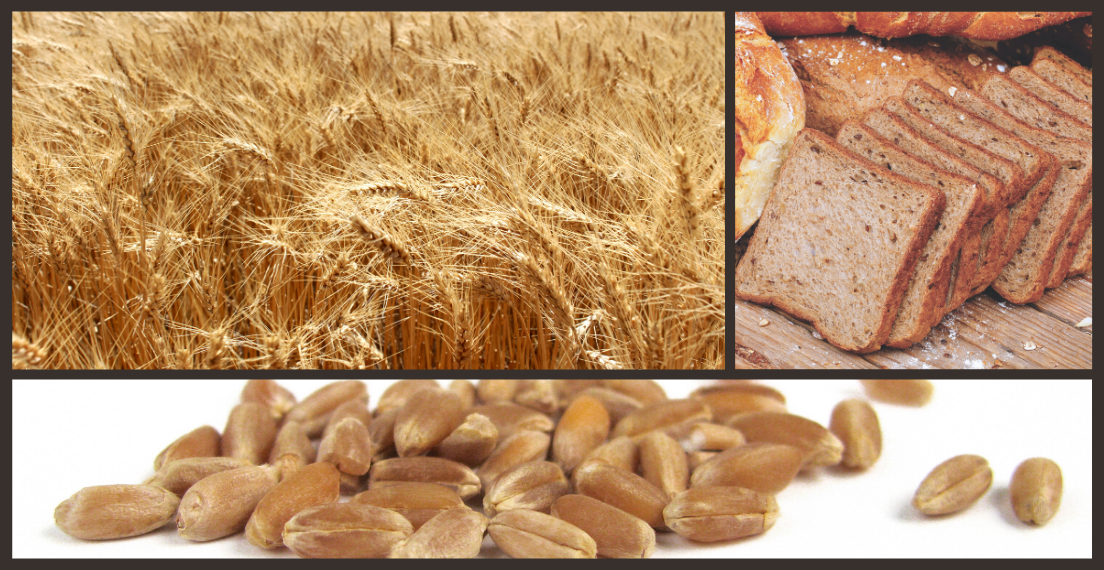In the increasingly competitive global wheat market, it is important to review the advantages that U.S. wheat delivers to millers and bakers. This post examines the advantages that hard red winter wheat brings to the market.
Let us start with the value that the largest wheat class, hard red winter (HRW) wheat, brings to the global market. With annual average production over the last five years of 22.64 million metric tons (MMT) or more than 831 million bushels, U.S. HRW accounts for more than 41 percent of the total wheat produced in the United States.
Milling Advantages
Mills that only use one class of wheat in their grist are few and far between. Blending classes of wheat from different origins is a standard and crucial for the mill and its customers. Blending adds consistent quality in mill operation and, in the resulting flour products, to the wheat foods processor. It helps the mill produce the most valuable flour at a lower cost, and, of course, blending is needed to produce the range of flour products for specific end uses.
For these reasons, the quantity and quality of U.S. HRW produced annually create an optimal foundation for any wheat procurement strategy. From the miller’s perspective, U.S. HRW brings consistency to the grist. For a mill to perform optimally, it needs to be well-balanced. Constantly changing mill grist creates a milling environment that is difficult to keep balanced. A balanced mill optimizes flour extraction and helps maximize milling efficiency. Maintaining U.S. HRW as the foundation of the mill grist allows the miller to blend local wheat, other U.S. wheat classes, or wheat from other origins as cost advantages or product differentiation opportunities develop in the market.
Baking Advantages
U.S. HRW is available in a wide range of protein levels, which is excellent for making a variety of wheat foods alone or blended with flour from other classes to optimize performance and flour cost. It is also suitable for producing an all-purpose flour that can be used in a wide range of products. Medium protein flour from HRW can be used for several types of yeast and flatbreads, and noodles. Low protein HRW flour can be used in a blend with soft white (SW) or soft red winter (SRW) to make some types of biscuits (cookies). Higher protein HRW can be used for pizza crust, artisan bread, or non-durum pasta as a 100 percent grist or blended with high protein hard red spring (HRS) wheat to reduce wheat cost and optimize the quality characteristics of the finished products.

In the end, the greatest benefit to the baker is the same as the miller: consistency when used as the sole wheat type or used in a blend to improve the baking characteristics, such as dough stability or water absorption, of local wheat or wheat from another origin. U.S. HRW is always available to the market and provides the most reliable foundation for the formulation of nearly any wheat-based product.
U.S. Wheat Advantages
As we highlight each specific class in this series, let us not forget the advantages that all U.S. wheat classes bring to the market. First, and perhaps the most important, is consistency in quality and supply. Although each new crop year brings different challenges and opportunities, U.S. wheat is always available to the global market. Second, U.S. wheat delivers variety. Wheat is a raw material manufactured into a bakery ingredient, flour. The flour made from each unique class of U.S. wheat brings value to the market in the unique quality characteristics to make a variety of baked goods and noodles.
Each region, country and culture have wheat-based food products that are uniquely their own. With six distinct wheat classes, the United States has the right wheat class to help deliver the optimal quality and value for every variety of product on the market.
Learn more about the six classes of U.S. wheat here or leave a question in the U.S. Wheat Associates’ “Ask The Expert” section.
By Mark Fowler, USW Vice President of Global Technical Services
Read more about other U.S. wheat classes in this series.


